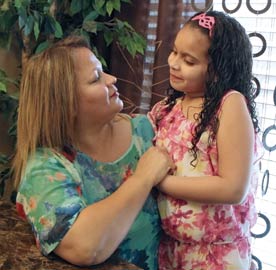The web-based Research for Organizing Toolkit, produced by the Community Development Project at the Urban Justice Center with a variety of grassroots organizations, is a guide for organizers and activists wanting to make the most use of research in their work.
The guide uses the term participatory action research (PAR) for its model, though the description on the overview page sounds more like a popular education model. Nothing wrong with that, and in fact it may be useful to push a definition of PAR that wrestles its control out of academic hands. And the practice that the site describes is decidedly non-academic. The site is also not meant as a full-fledged methodology text, so most of the technical details of research design are missing.
The guide pushes organizations to try to connect research to their organizing work — something that is sorely needed. I would have liked even more emphasis on how to link organizing and research. In particular, the guide could push organizations to think about how to use research methods not just to gather data for a campaign, but also to enhance their organizing by bringing members together through the research process. More discussion of challenges, like what if the data doesn’t show what you hoped, would also be helpful.
The Toolkit is very new, so it is not yet comprehensive, and there are some missing links here and there. The margin menus also flow off the page at times on my Firefox browser. The structure of the site is a bit frustrating at times as well. The wonder of the Web is that you don’t have to present information in linear form, so you can divide up knowledge into chewable chunks and scatter them all about a website. That works fine for topics that are inherently non-linear. But the PAR process is linear in many ways, and needs a more linear presentation. Clicking on the “Timeline of a PAR Project” link takes you to a page with a nice linear outline of the entire PAR process. But then each section of the outline links to subsections of other pages, without bread crumbs or other tracking devices to remember where you’ve been and how to get back. More effective would be for the links to open on the same page as the outline so the reader can keep track of their movement along the outline.
Of course, the good news is that these are problems because the site developers put a lot of information in. The more information on a site, the more challenging it is to make it all intuitively accessible.
I am a participatory action researcher myself, and the trustee of a foundation that funds groups to integrate research into their organizing and activist work. I have been too often disappointed by the attempts to pull organizing and research together, and continually search for better pathways. The Research for Organizing Toolkit shows great potential as a path worth walking.





Comments